There is a common approach that advocates generating maintenance plans for assets with different criticality, in different ways.
Quite typically organizations may:
- apply RCM on critical assets,
- apply FMECA or some scaled down RCM approach for medium criticality assets
- apply a template or common plan to low criticality assets
This approach is clearly derived on the basis of RCM requiring too much time and resources to be effectively applied on all assets. However, applying different models to different assets leads to inconsistent and incomplete analysis, unconnected data, and basically confusion as to how maintenance plans should be optimized and evolved.
What’s more, with advancements in technology and a wealth of generic RCM content available, RCM can be easily and effectively applied to all assets. Any other approach is counterintuitive and actually takes more time and leads to lower quality outputs.
Applying RCM everywhere
If you build RCM models for critical assets (or better still have generic ones available to use as a base) then it’s now easy to use that content to generate optimal plans on similar assets with different criticality.
As an example, let’s take a typical AC motor. Almost all organizations would have completed some level of RCM analysis on an AC motor in the past or, if they haven’t, they could at least purchase generic data that documents failure modes along with typical tasks and intervals.
So, if an organization needs to develop a maintenance plan for a new motor, they can leverage this data, regardless of the asset criticality. If applied to a high criticality installation of the motor, the optimal plan would include certain tasks at certain intervals based on the operating context. To apply that same model to a low criticality installation is even easier– in most cases all that’s required is updating the effects of the failure to represent a lower impact. This change will mean that some tasks will need to be done less frequently or perhaps not at all.
Expanding this concept out, if an RCM model is complete it will contain the potential failure modes, along with potential tasks. Applying the model to assets with different criticalities generally results in different tasks being completed at different intervals. Any other changes based on specific operating context are the same with this rapid RCM approach as they would be using different methodologies.
The main difference and the benefit of using RCM as a basis for maintenance plan development across all asset criticalities is that it supports a consistent planning structure across an organization and provides a solid foundation to continually evolve plans and ensure ongoing alignment to operating context.


